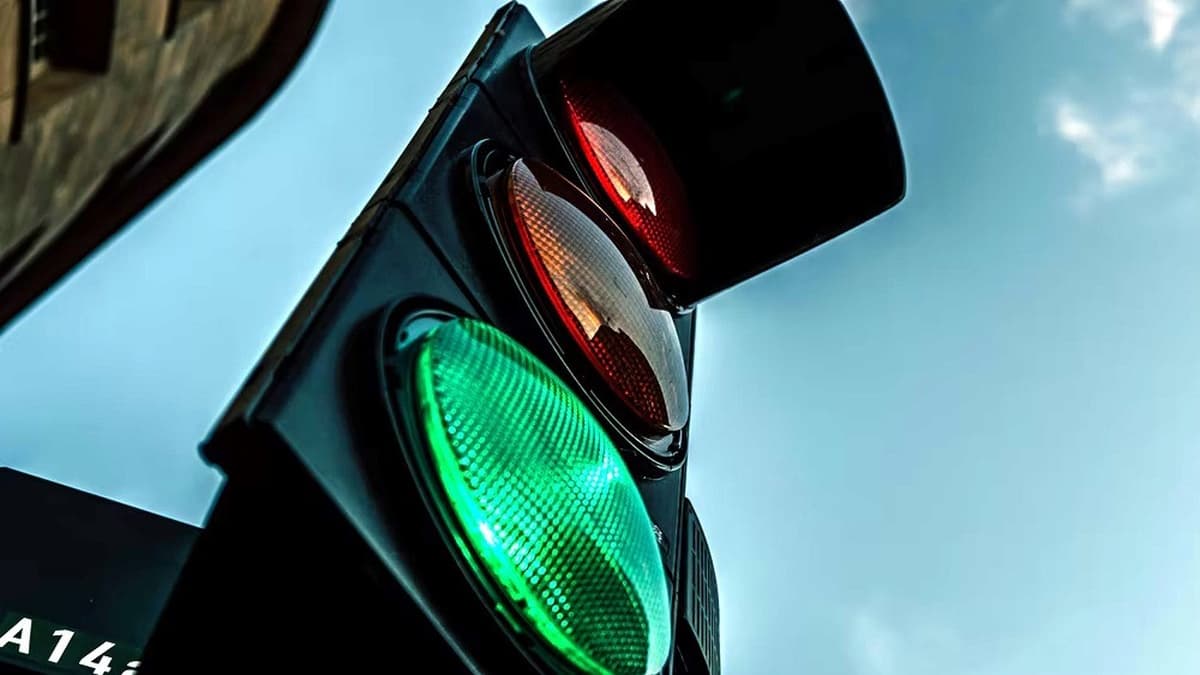There is no doubt that traffic lights are extremely important to regulate traffic in our cities and improve the safety of drivers and pedestrians. And now comes Green Light, a project that aims to improve traffic signals through artificial intelligence and Google Maps.
An issue that should not be taken lightly
An asynchronous system can produce or exacerbate a wide range of bad scenarios. From traffic congestion and road accidents to air and noise pollution. Google knows this fact And he wants to help cities change it.
When it comes to mobility, the company has several ongoing initiatives. One of the most famous is Waymo, through which it develops self-driving cars. But this time we're talking about the green light, A project aimed at improving traffic signals through artificial intelligence and Google Maps.
The giant Mountain View company developed it through its research laboratory Solution Which aims to be versatile and suitable for all types of cities. One advantage is that it does not require additional hardware and municipalities can make modifications to existing road signaling systems.
How does Google's green light work?
The answer lies in four important points. in the first place, Analyzes the intersections of the city in question To infer the parameters of existing traffic lights. To that end, Google is using its decades of city mapping experience to power Google Maps.
The data obtained in this case are:
- Traffic light cycle time;
- Transitional period;
- Time and arrangement of right of way;
- Timing and operation of the sensor (operation).
The next step is to monitor and understand traffic trends. This is where the artificial intelligence model comes into play To help understand local patterns, such as start and stop times and average wait times at intersections. These dynamics are assessed at different times of the day, e.g. At rush hour.
After Google's system collects all this information, artificial intelligence algorithms are used to determine possible adjustments to traffic signal timing. When the job is complete, the company shares these recommendations with city traffic managers So they can implement it if they see fit.
The green light doesn't stop there
The company promises to continue monitoring traffic trends in the city To determine whether modifications have resulted in real improvement and to improve your current methods. Furthermore, it states that it will use artificial intelligence models to calculate the climate impact of the changes proposed to the city council.
This last point is, in fact, very relevant. Implementation of the Google initiative has already begun in dozens of cities around the world, and preliminary data indicate that adjustments will be made Reduce greenhouse gas emissions by up to 10%.
By improving each intersection and coordinating adjacent intersections, we can create waves of green lights and help cities reduce stop-and-go traffic even further.
The company says, which also highlights that it is possible to reduce emissions Up to 30 million car trips per month.
Read also…

“Wannabe internet buff. Future teen idol. Hardcore zombie guru. Gamer. Avid creator. Entrepreneur. Bacon ninja.”

